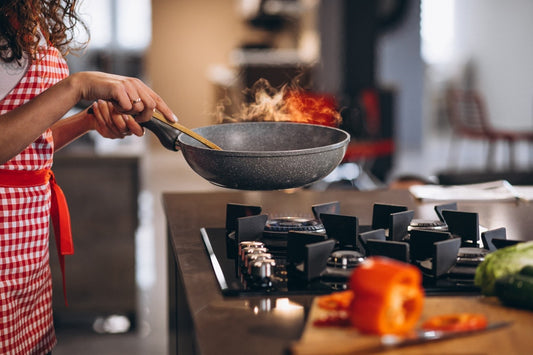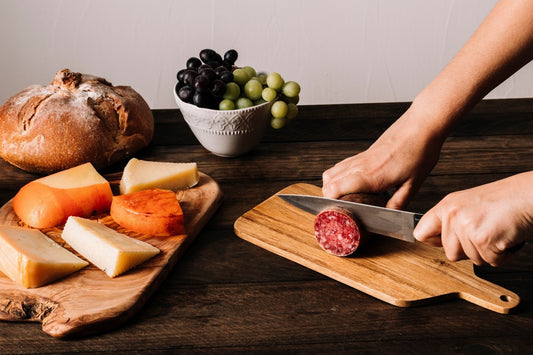Many of us are highly concerned about what we cook and when we cook, though still end up inadvertently making our food less nutritious. We go to the best places to source our ingredients and buy the ‘good quality’ vegetables that are healthy for our families, but do we ever think of how we cook or whether we are cooking correctly?
Here are 10 unknowing ways we’re making our food less nutritious:
1. Boiling vegetables
Vegetables are a very important part of our diet that provides us with nutrients and antioxidants. Boiling vegetables destroys essential nutrients that are water-soluble, (dissolve in water). According to the National Centre for Biotechnology Information of USA, up to 50% or more of vitamin C is lost when we boil broccoli, spinach and lettuce. Bottom line, it’s best to use minimal water to cook veggies and don’t drain the nutrition packed water!
2. Oxidation
Wonder why cut apples turn brown? That’s oxidation. In simple terms, it’s a reaction that takes place when oxygen has access to food products that alters the chemical structure of food and depletes the nutrient content. This is why it’s recommended to eat cut fruit immediately or cover uncooked meat. Storing in low temperatures only slows down the speed of the process but does not stop it all together.
3. Cutting vegetables before cooking them
This is closely linked to oxidation. We rarely or in fact never cut vegetables after we cook them. Giving it a deeper thought and going back to school basics, we should be cooking vegetables wholly and then cutting them with stainless steel knife set, especially those like carrots, potatoes, beetroot and other roots. This is because the rigid cell walls of most vegetables are broken down when they are cooked, thereby making their nutrients simpler to absorb rather than being lost to cooking enclosures.
4. Cooking temperature
Heat is a common enemy of nutrition. What we deep fry, what we smoke or what we grill (at high temperatures of course!) are all harmful and result in the loss of nutrients. Cooking over high temperatures may speed up the cooking process but can be very harmful. High flame cooking (above 300 o F) burns all the heat sensitive vitamins of the food and can also produce a carcinogen called acrylamide which is cancer causing. Vitamin A, B, and C are most affected when exposed to heat.
5 . Time taken to cook
The time taken to cook is inversely proportional to the nutrients that food retains after cooking. The longer the time taken, the lesser is the amount of nutrients we consume. Many vitamins and minerals are heat-sensitive and are destroyed when exposed to heat for a prolonged period of time. Reducing our cooking time will surely benefit us.
6. Open-lid cooking
Open-lid cooking is a common cooking habit that most follow in their kitchens. Consider cooking with a closed lid. By covering the cookware, an infused steam environment is formed within the vessel which not only helps retain nutrients but also expedites the cooking process saving you energy. This method aids cooking without adding extra fats or water, and at the same time, preserves the authentic flavour of the food.
7. Peeling vegetables
Peeling of vegetables and fruits should be avoided because their skins are a storehouse of certain nutrients like the phytonutrients, carotene, vitamin K, B, antioxidants, flavonoids, copper, and iron. By peeling and throwing away the skin, we are inadvertently discarding the more nutritious bits. Skins of potatoes, apples, beets, eggplants, cucumbers, carrots, etc. are all filled with nutrition.
8. Throwing away the most nutritious part of vegetables
One of the most nutritious part of fruits and vegetables is the discarded parts – the stems, the seeds and the stalks. These super parts should ideally be eaten with the rest of the vegetable or fruit.
9. Using the microwave
While using the microwave is super handy for quick cooking, it is not as good as it looks. Microwaving is cooking with the help heat waves. These heat waves are generated through electromagnetic waves that make the food tougher to digest, thereby proving unhealthy for us.
10. (Not) Eating raw!
Raw foods are packed with nutrition and devoid of any additives (like fats). They are easy to digest and reduce acidity. Many fruits and vegetables are high antioxidant foods that are sensitive to cooking because of polynutrients that get easily destroyed under high temperatures. Obtain plenty of nutrients by eating raw!




